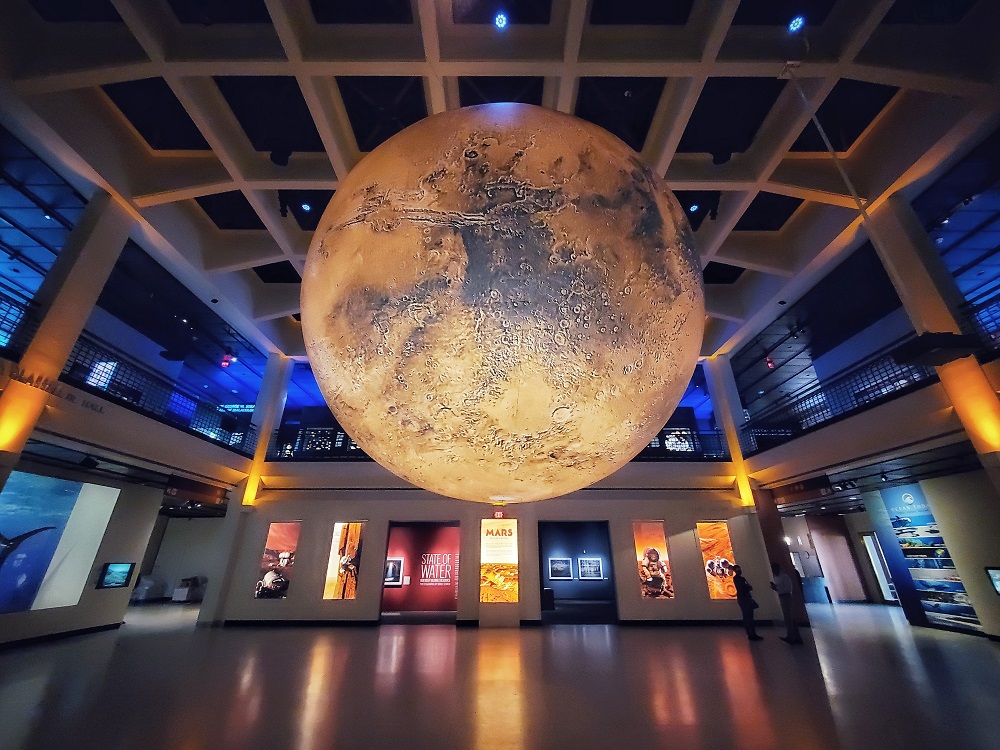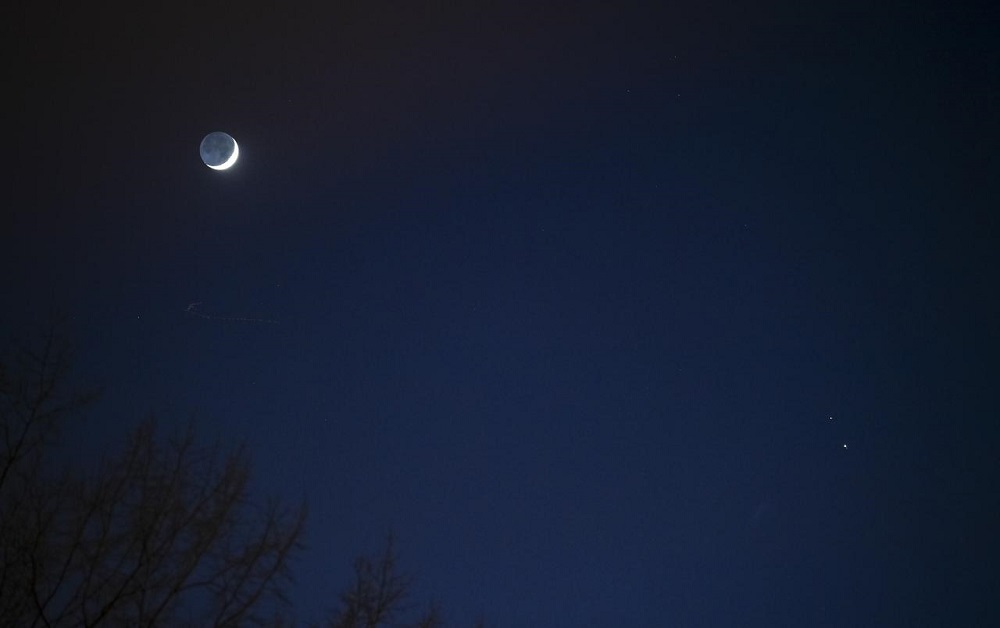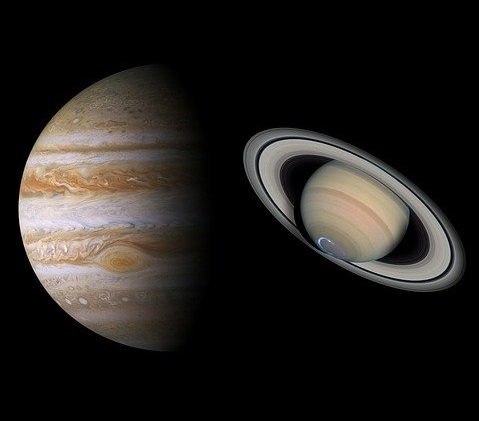Daylight Saving Time Springs Forward | March 2021 Sky Happenings

Mars continues to fade a little bit each night now that Earth has overtaken it and is pulling away. However, it fades out gradually; Mars remains almost as bright as the stars around it in March 2021. And Mars is high in the west–well placed for observing right as night falls. Jupiter and Saturn are the morning sky […]





